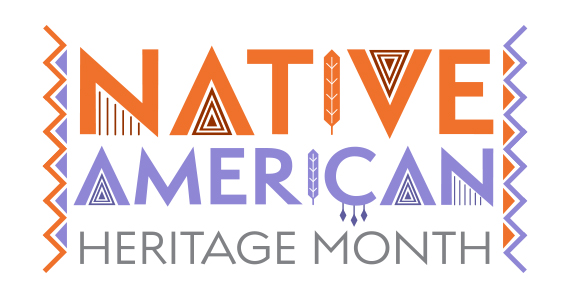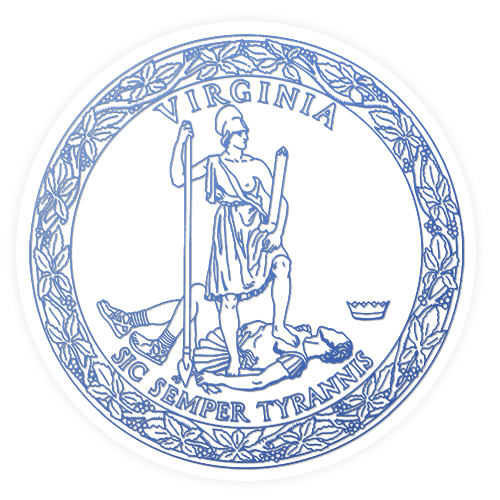
Indians have lived in what is now called Virginia for thousands of years. We are still learning about these people, but Virginia history clearly did not begin in 1607. If you ask any Virginia Indian, "When did you come to this land?," he or she will tell you, "We have always been here."
Recent archaeological digs in Virginia have provided compelling evidence that humans inhabited Virginia at least 18,000 years ago, thousands of years before previously thought
Starting in the 1640s, colonists forced tribal members off the land and transformed it into plantations, forcing them to move onto “reservations.” The Pamunkey Indian Reservation was established in 1646 and may be the oldest reservation in North America.
Native American peoples, including Virginia Indian tribes, were not considered American citizens even after ratification of the Fourteenth Amendment. They often faced discrimination and were denied the equal protection of the laws.

WHEREAS, Native Americans have inhabited the land now known as the Commonwealth of Virginia for thousands of years; and,
WHEREAS, Virginia is home to 11 state-recognized Indian tribes: the Cheroenhaka (Nottoway), Chickahominy, Eastern Chickahominy, Mattaponi, Monacan, Nansemond, Nottoway, Pamunkey, Patawomeck, United Rappahannock, and the Upper Mattaponi; and,
WHEREAS, thousands of Native Americans from other tribes across the country have moved to Virginia and call the Commonwealth their home; and,
WHEREAS, Virginia’s Native American community enriches the Commonwealth with its culture and traditions, while also serving as a significant contributor to Virginia through their commitment to environmental stewardship; and,
WHEREAS, American Indian Day was established in Virginia in 1987; the General Assembly expanded to a week in 1988; the General Assembly revised the recognition to “Native American Indian Month” in 1996 proclaimed the Wednesday immediately preceding Thanksgiving as a Day of Appreciation for American Indians in the Commonwealth of Virginia of each year; and
WHEREAS, Native American Heritage Month is an opportunity to celebrate the thousands of American Indians in Virginia that help shape the cultural fabric of our nation and strengthen the Spirit of Virginia through their rich and important culture;
NOW, THEREFORE, I, Glenn Youngkin, do hereby recognize November 2022 as NATIVE AMERICAN HERITAGE MONTH in the COMMONWEALTH OF VIRGINIA, and I call this observance to the attention of our citizens.
State recognition is the formal declaration of recognition by the Commonwealth of an American Indian tribe. Throughout the month of November, different state-recognized tribes of Virginia will be featured. Learn more!
Native American Heritage Month has evolved from its beginnings as a week-long celebration in 1986, when President Reagan proclaimed the week of November 23-30, 1986 as "American Indian Week." Every President since 1995 has issued annual proclamations designating the month of November as the time to celebrate the culture, accomplishments, and contributions of people who were the first inhabitants of the United States.
Native Americans have lived in the area now known as Virginia for thousands of years. Their histories, ancestral connections, and traditions are intertwined with the 6,000 square miles of Tidewater land the Algonquian-speaking Indians of Virginia called Tsenacomoco.

The use of Native American or native American to refer to Indigenous peoples who live in the Americas came into widespread, common use during the civil rights era of the 1960s and 1970s. This term was considered to represent historical fact more accurately (i.e., "Native" cultures predated European colonization).
Check out the resources below to learn more about Native Americans in Virginia.